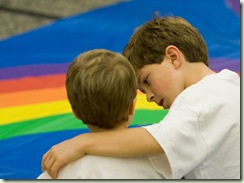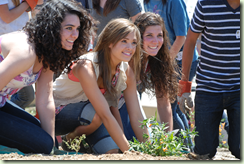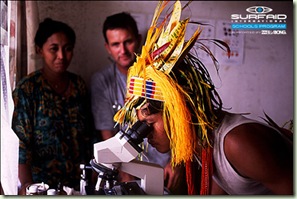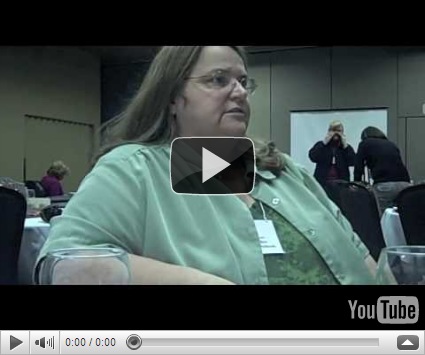Written by: Pamela Gent, Author of Using Service–Learning and Differentiated Instruction to Help Your Students Succeed
The Beatles sang, “How do I feel by the end of the day? Are you sad because you're on your own? No, I get by with a little help from my friends.”
At the end of the day, many students with disabilities are sad  because they are alone. We all know of the benefits of service-learning in terms of academics, school attendance, and development of character traits. What we often don’t think about is that service-learning can help develop friendships. Developing friendships in school is critical for students with disabilities. Research shows many students with disabilities have no friends and are often rejected by their peers in school and, as a result, grow up to experience profound, soul crushing loneliness as adults. While we can’t make students befriend students with disabilities, we can make the situation ripe for the development of friendships by using inclusive service-learning where students without and with disabilities work together in service.
because they are alone. We all know of the benefits of service-learning in terms of academics, school attendance, and development of character traits. What we often don’t think about is that service-learning can help develop friendships. Developing friendships in school is critical for students with disabilities. Research shows many students with disabilities have no friends and are often rejected by their peers in school and, as a result, grow up to experience profound, soul crushing loneliness as adults. While we can’t make students befriend students with disabilities, we can make the situation ripe for the development of friendships by using inclusive service-learning where students without and with disabilities work together in service.
Experts tell us friendships are more likely to develop when students see each other as competent and similar, when they are in proximity to each other, when opportunities exist for continued interaction, and when appropriate supports are in place. Students without disabilities may have done a lot of helping of students with disabilities. This “helper/helpee” relationship unfortunately reinforces the idea that students with disabilities are not competent.
By jointly carrying out the same service, students without disabilities begin to see the abilities of the person with disabilities and the perception of competence is enhanced. By jointly carrying out the same service, students with and without disabilities have opportunities for sustained interaction and conversation. This, in turn, can help students see how they are similar. By using the support of structured reflection, students can see how they share many of the same feelings.
Inclusive service-learning doesn’t guarantee friendships will develop, but it does greatly increase the opportunities for the friendship seed to be planted. If we continue to use inclusive service-learning where students with and without disabilities share equally in the service, we can literally change the life stories of people with disabilities. Instead of lives overwhelmed by profound loneliness, people with disabilities will be able to say, “I get by with a little help from my friends.”




